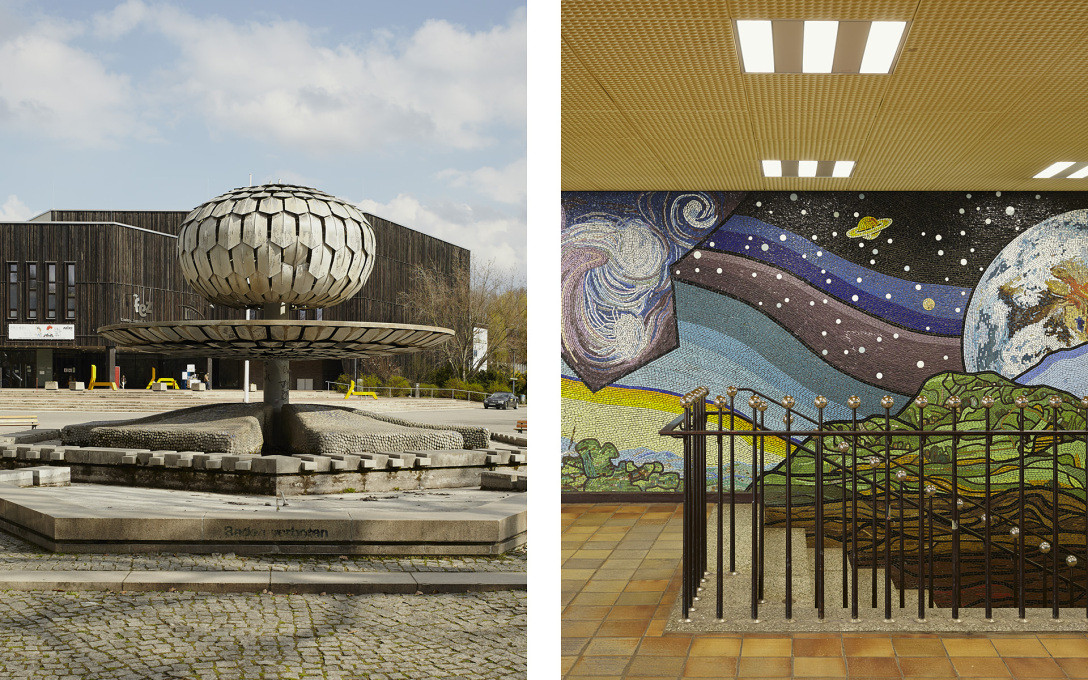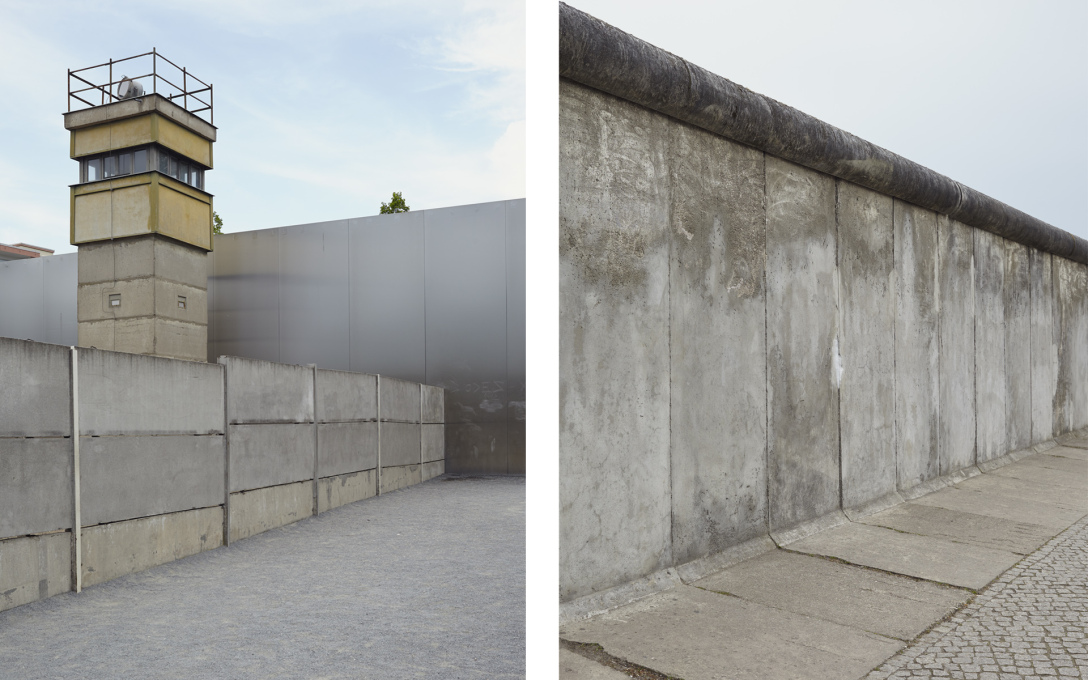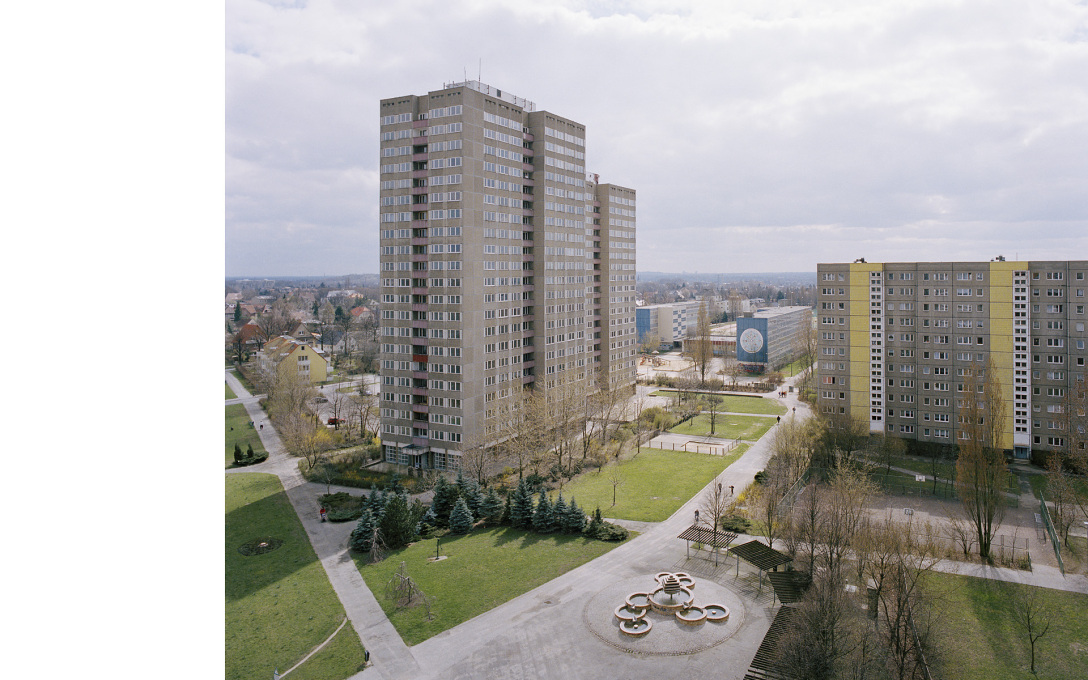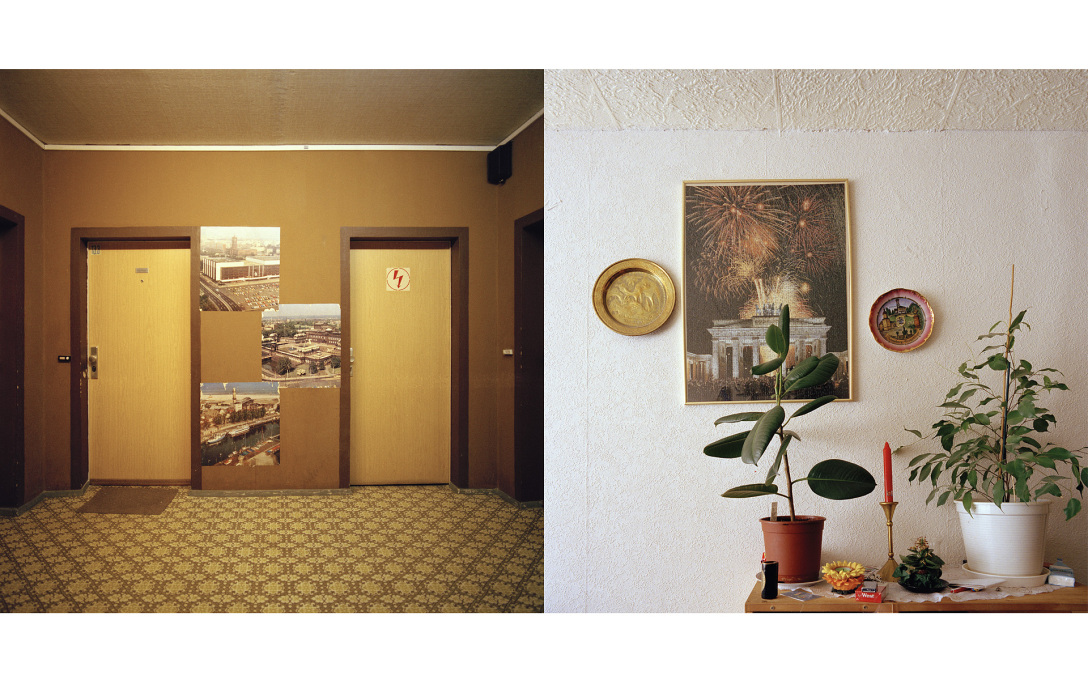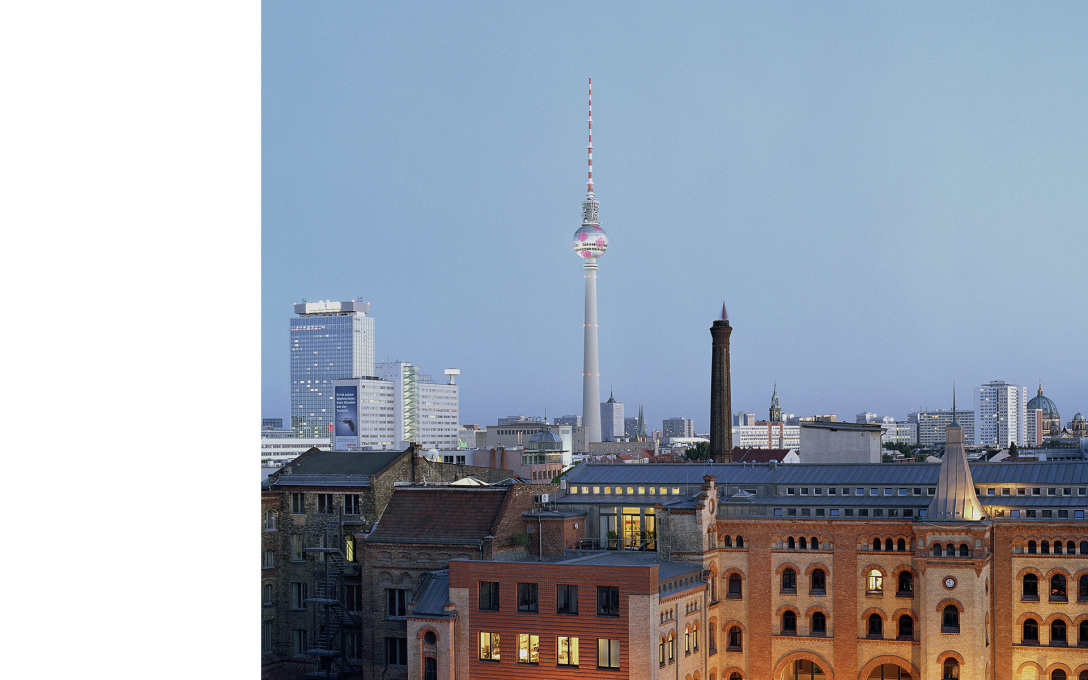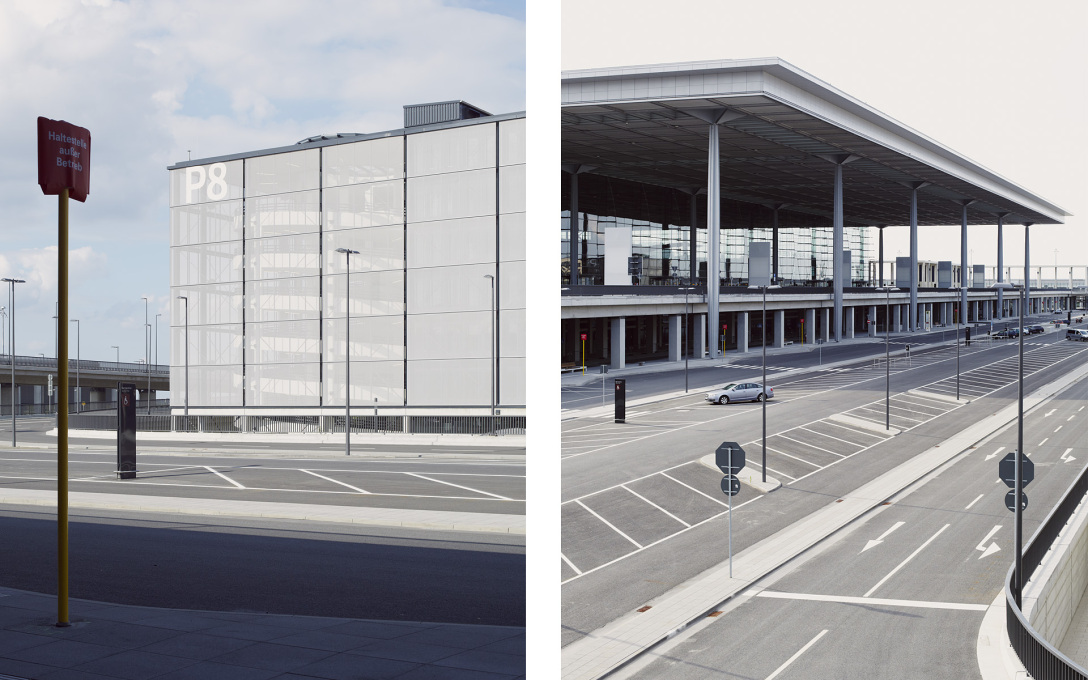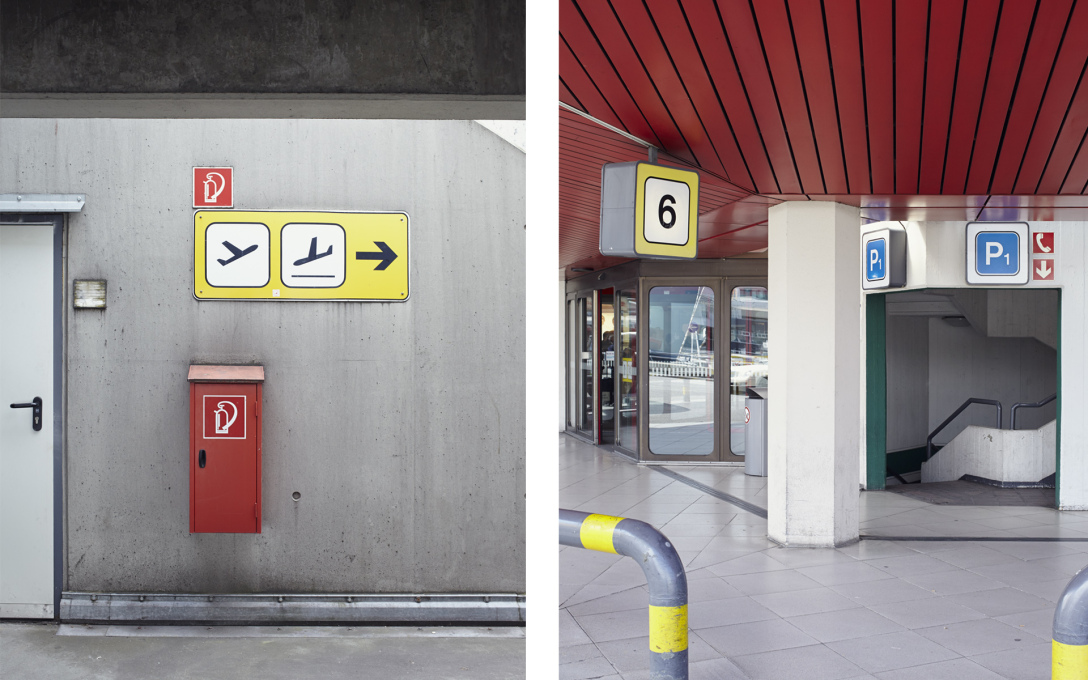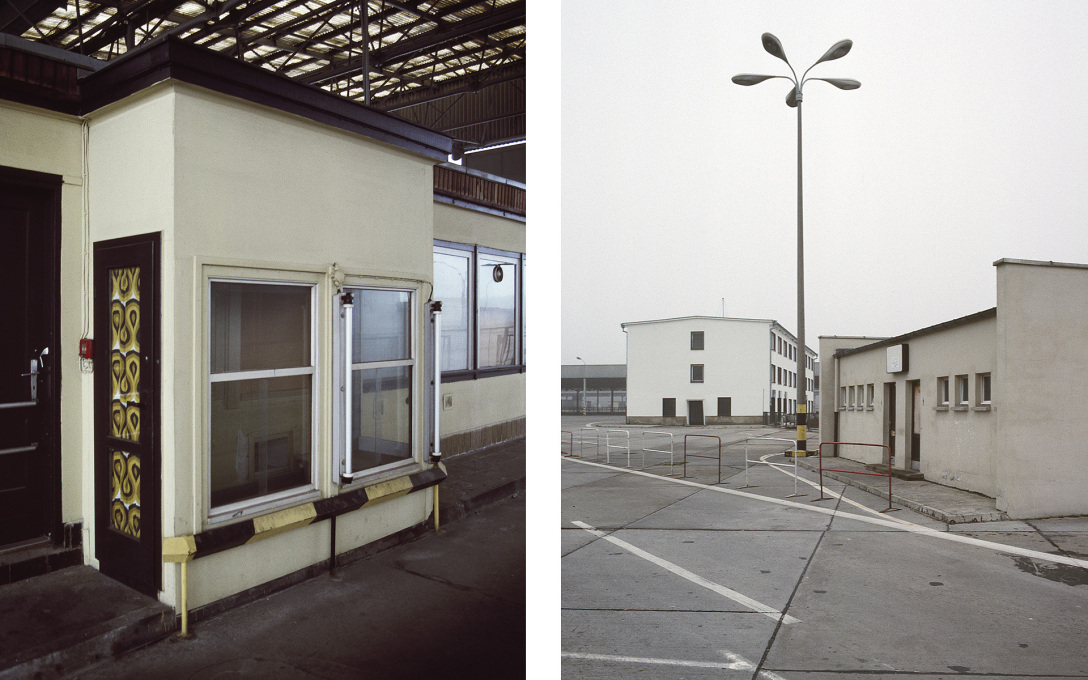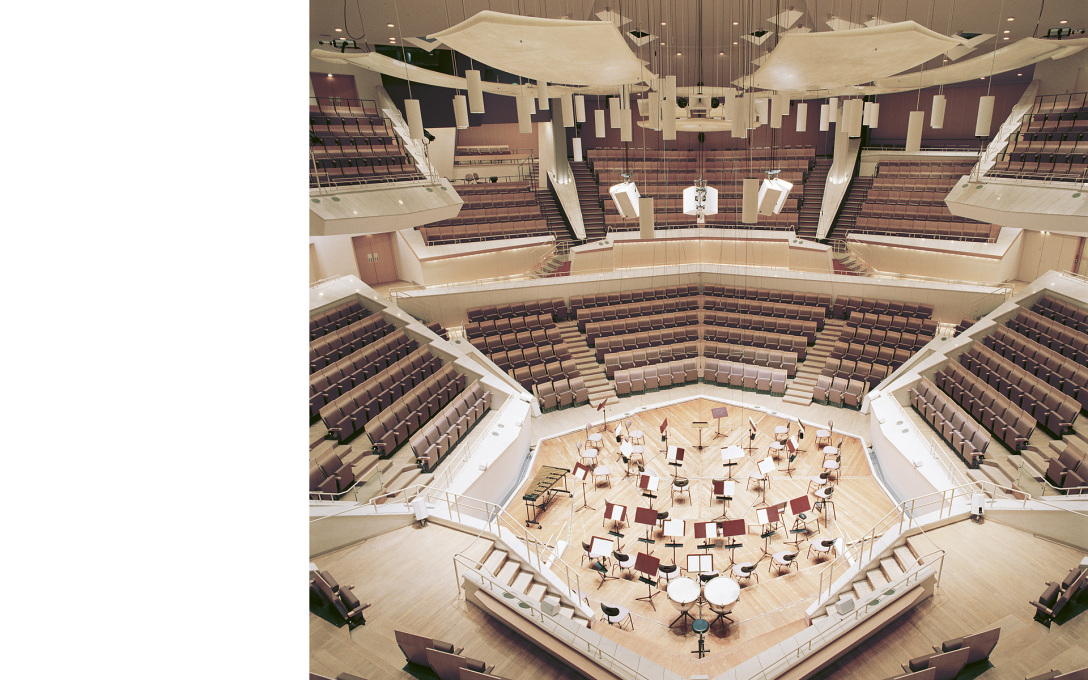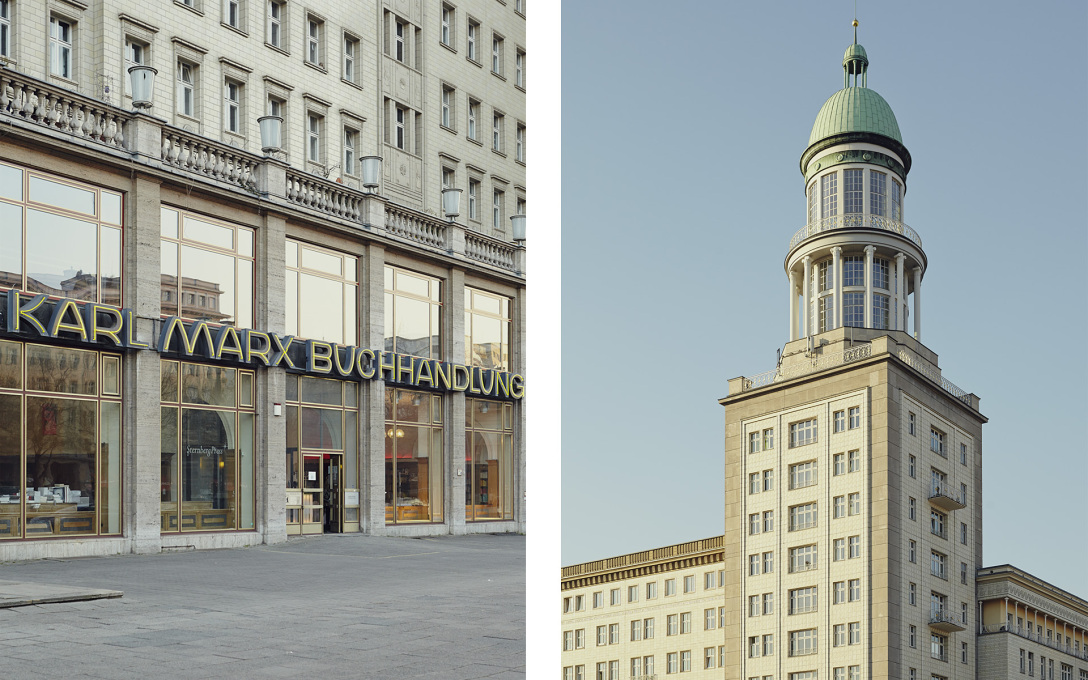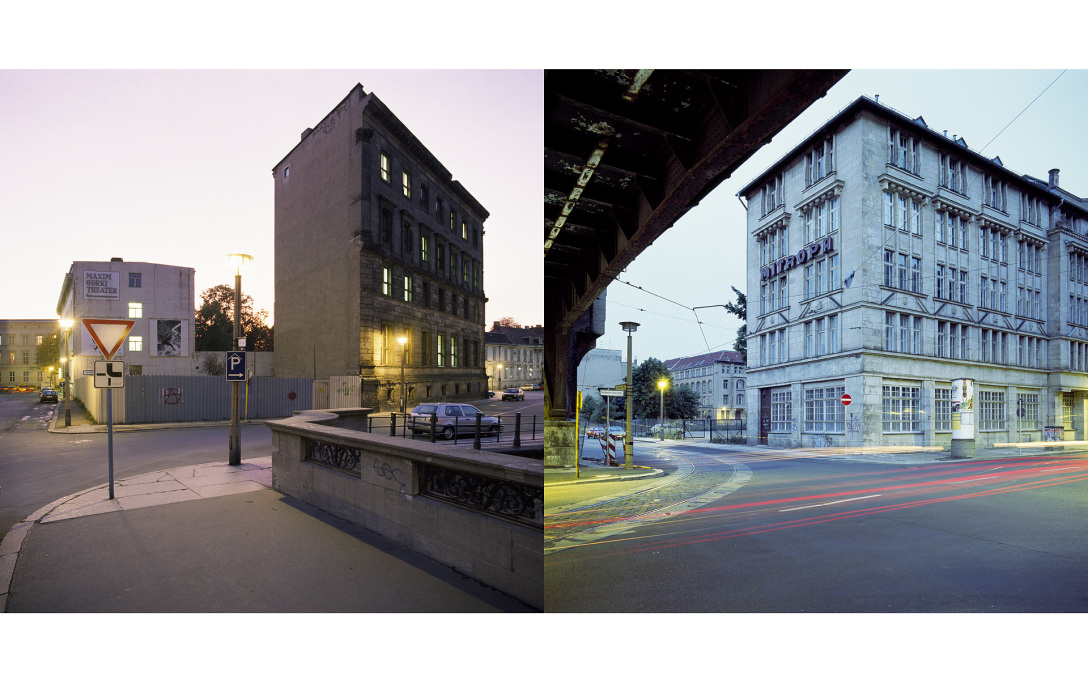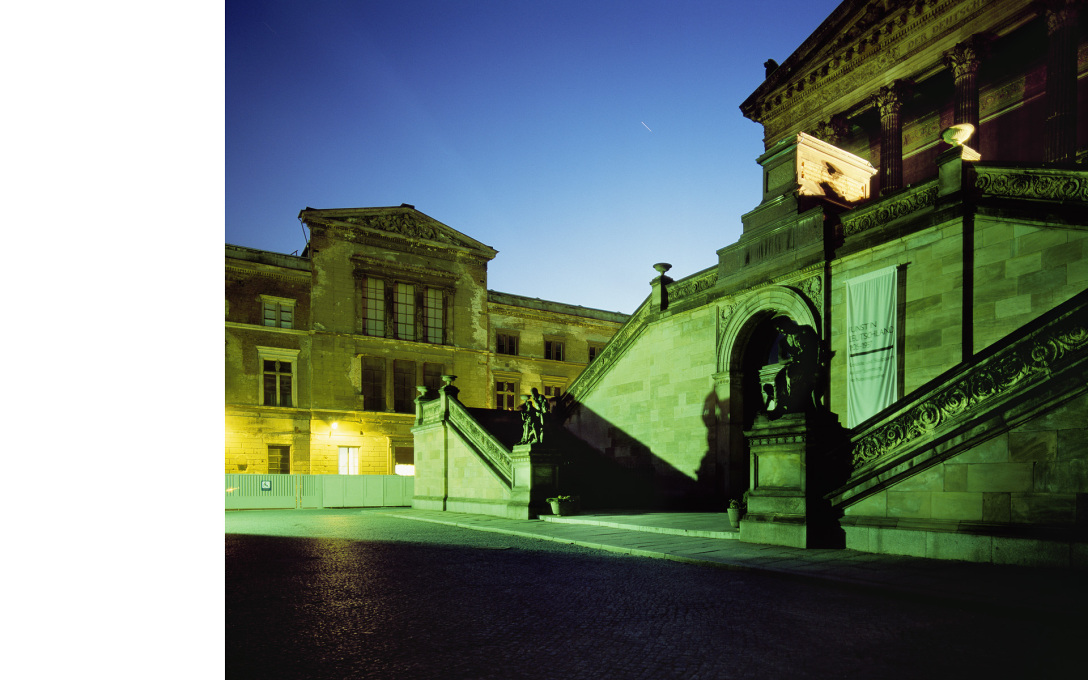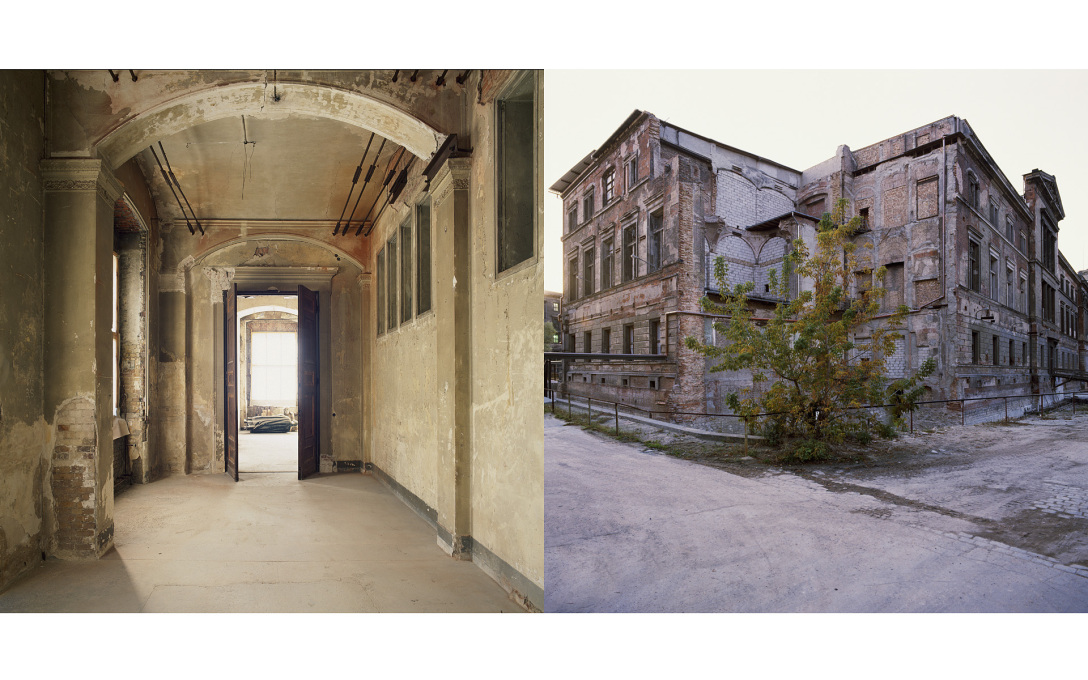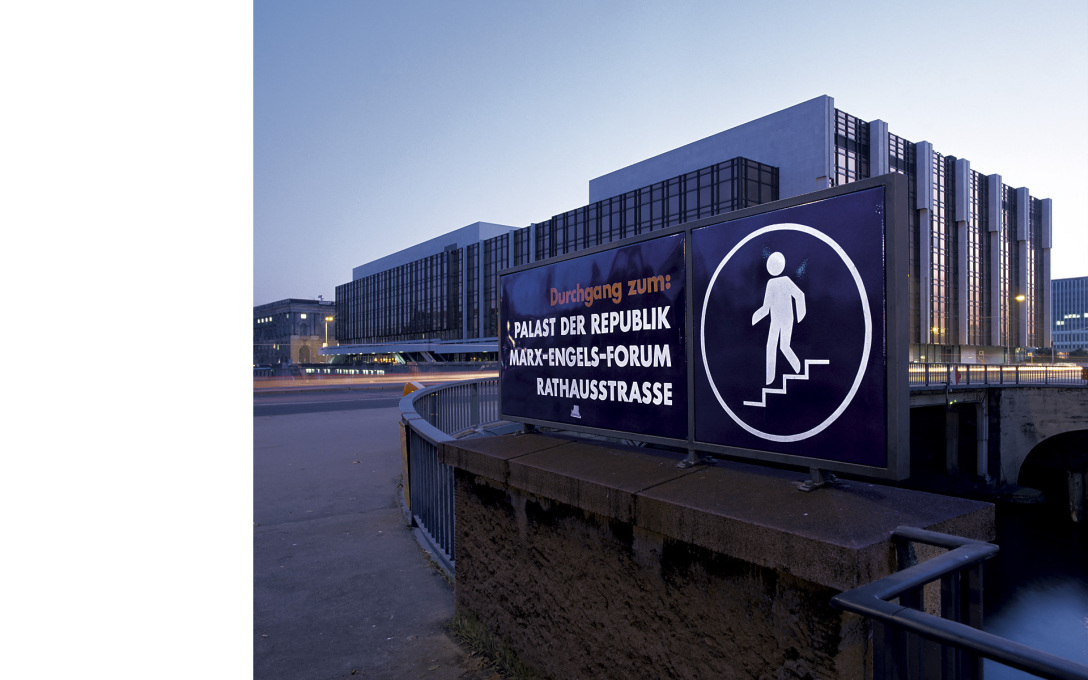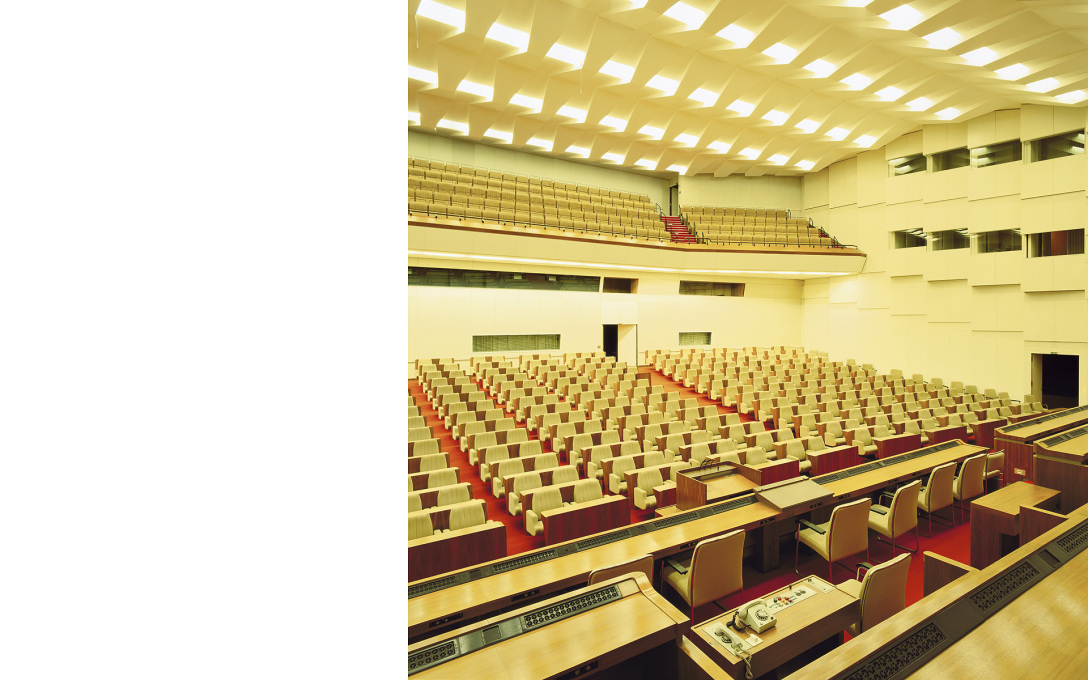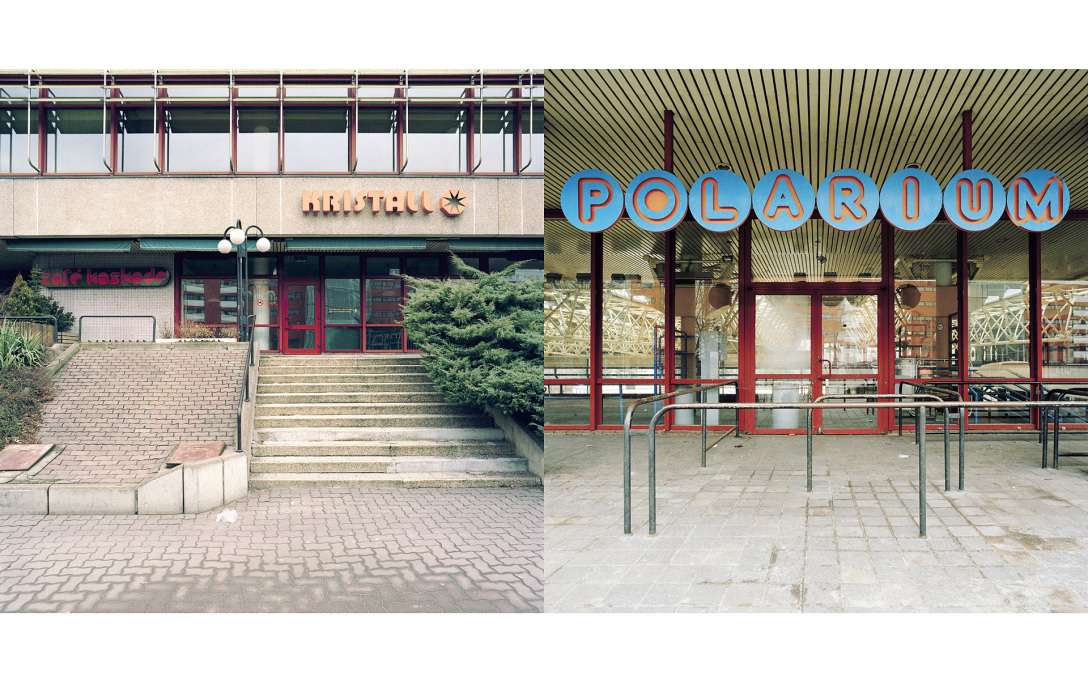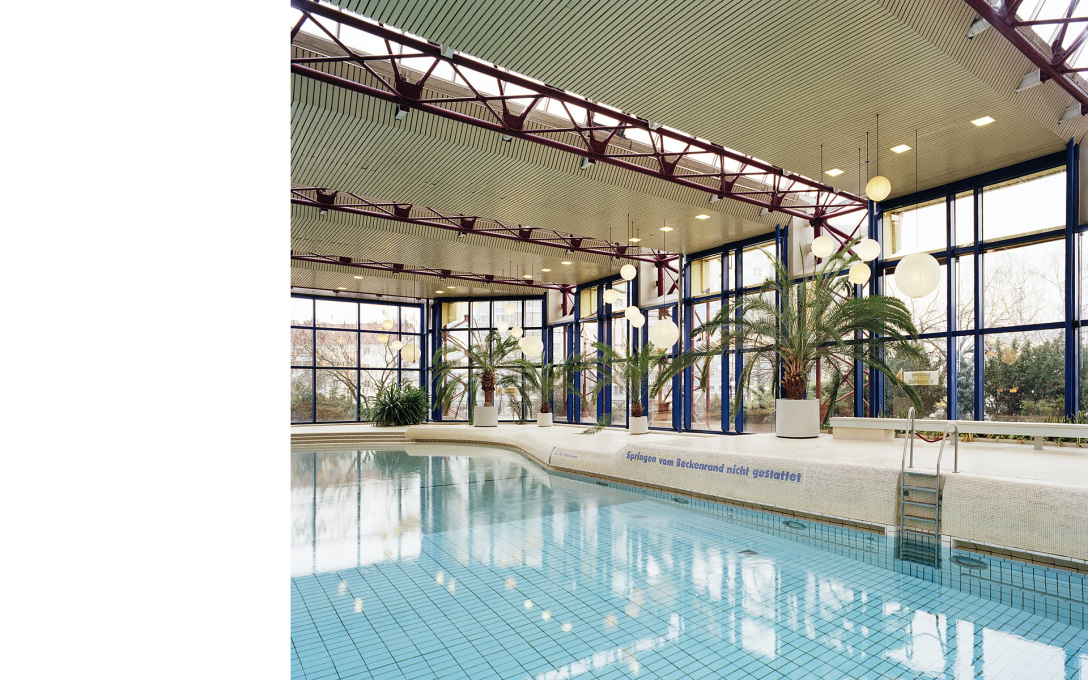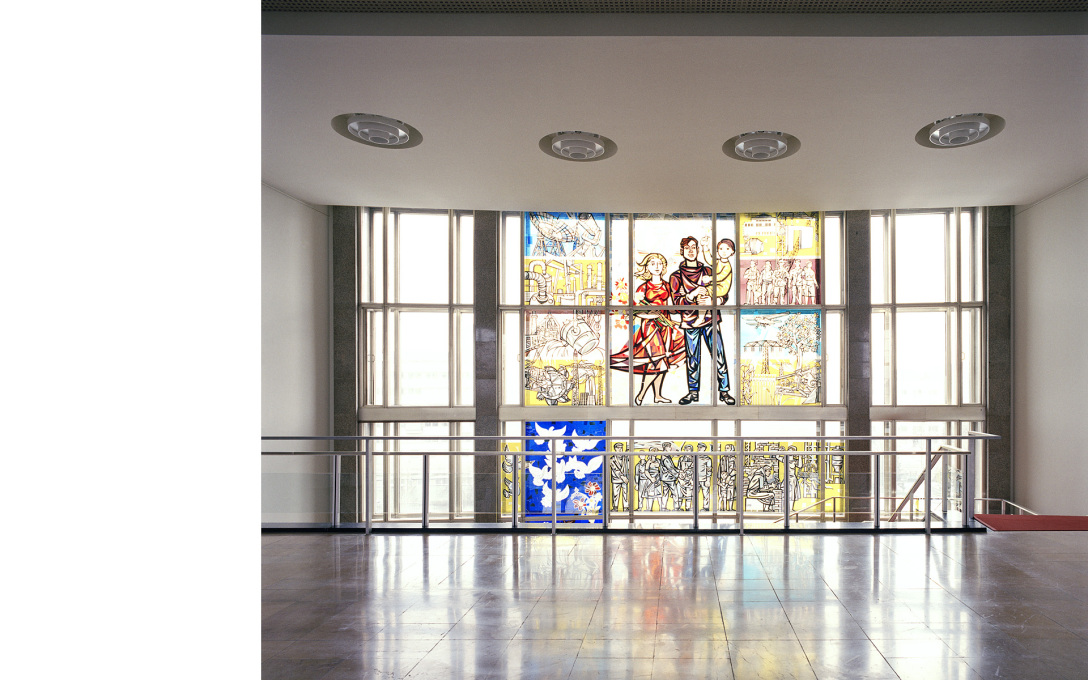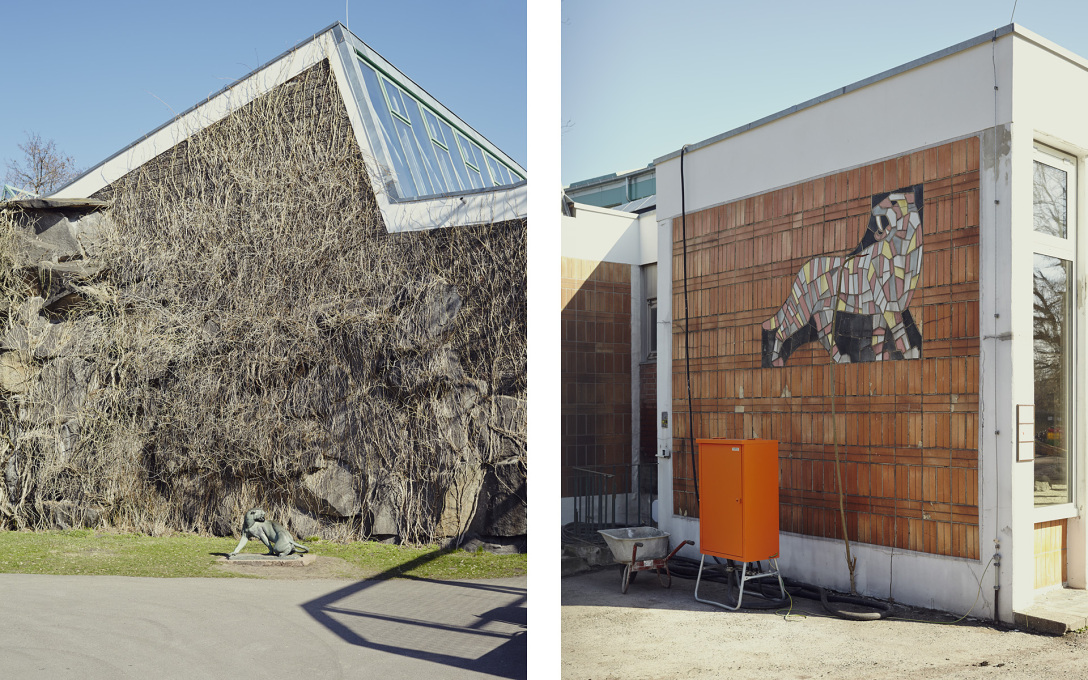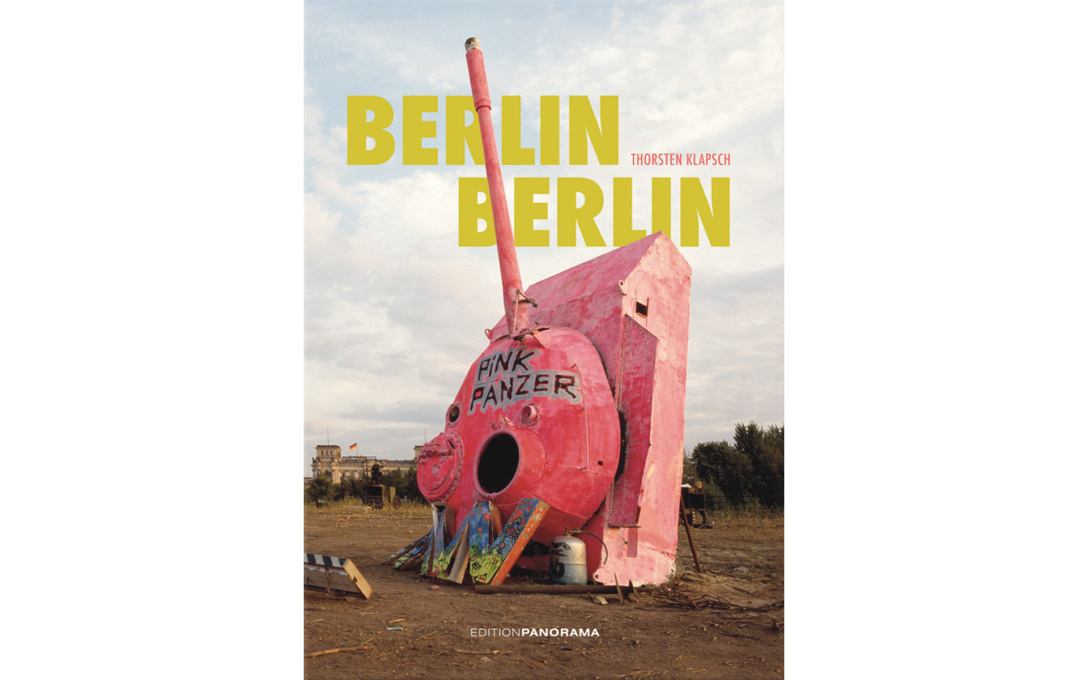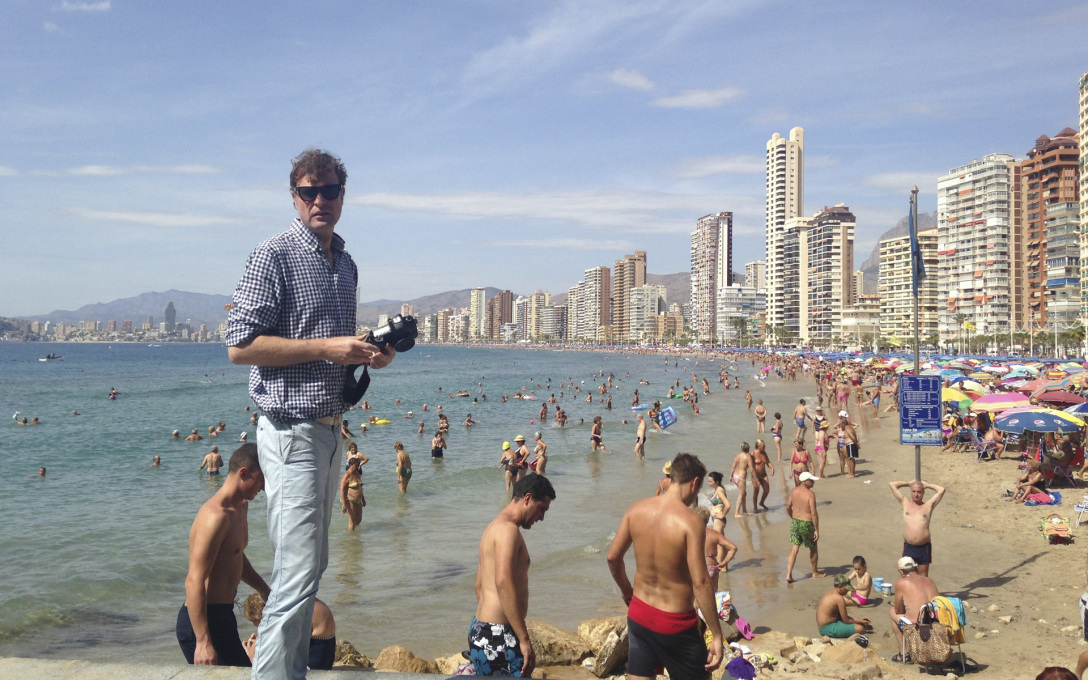On the occasion of the publishing of his new book Berlin Berlin uncube interviewed photographer Thorsten Klapsch about a career spent documenting a city during a unique period of change.
You have been photographing Berlin now for some 25 years – what kicked off your fascination with the city?
I come from Frankfurt originally, but visited Berlin regularly when I was a child because my grandmother lived in West Berlin. In this respect the city has always been home for me in a way. After the fall of the Wall in 1989, and then moving to Berlin in the summer of 1990 to study photography, it became clear to me that the division of Berlin would become a central theme in my work.
You recently published your latest book entitled Berlin Berlin – Thorsten Klapsch, what made you decide that now was the right moment?
The 25th anniversary of the fall of the Wall – and with it the 25th anniversary of my photographic observations of Berlin – seemed to me like a good time to step back for a moment and take stock of Berlin’s development and the non-stop acceleration of change.
What kind of spaces and buildings interest you in particular in this city?
It is the buildings, spaces and places that are in danger of disappearing, or those which have a particular story to tell.
What in your view defines the essence of a city such as Berlin architecturally?
The division of Berlin has left strong marks on the cityscape, which means, for example, that the socialist thinking behind Alexanderplatz and its vicinity is still clearly visible. The post-war drive towards new and modern types of housing has also left formative buildings in both former East and West: such as the Stalinist buildings in Karl-Marx-Allee and those in the Hansaviertel in the Tiergarten.
Change means loss as well as gain – what buildings or spaces do you mourn most that have fallen victim to the development of Berlin since the fall of the Wall, and which would you consider to be some of the most successful and welcome additions to the cityscape?
The demolition of the Palast der Republik [the former GDR Palace of the Republic] and the resulting space that opened up right in the heart of Berlin could have been a real chance for an architectural signal representing “new Berlin”. The rebuilding of the old Prussian City Palace in its place is in my view a big step backwards. There are a few successful architectural infills of empty lots in the city, but I still have as yet to see any new buildings that seem to stylistically define the post-reunification period.
– Interview by Sophie Lovell
Thorsten Klapsch lives and works in Berlin. He has published three volumes of his own work: Palast der Republic, Panorama Editions, 2011, Atomkraft, Edition Panorama, 2012 and Berlin Berlin - Thorsten Klapsch, Edition Panorama, 2014.




